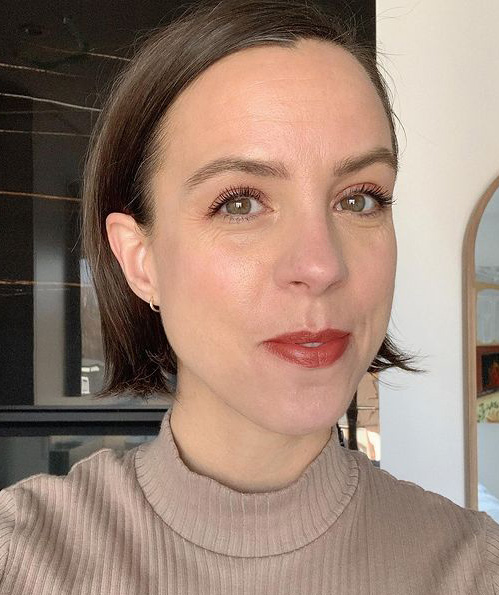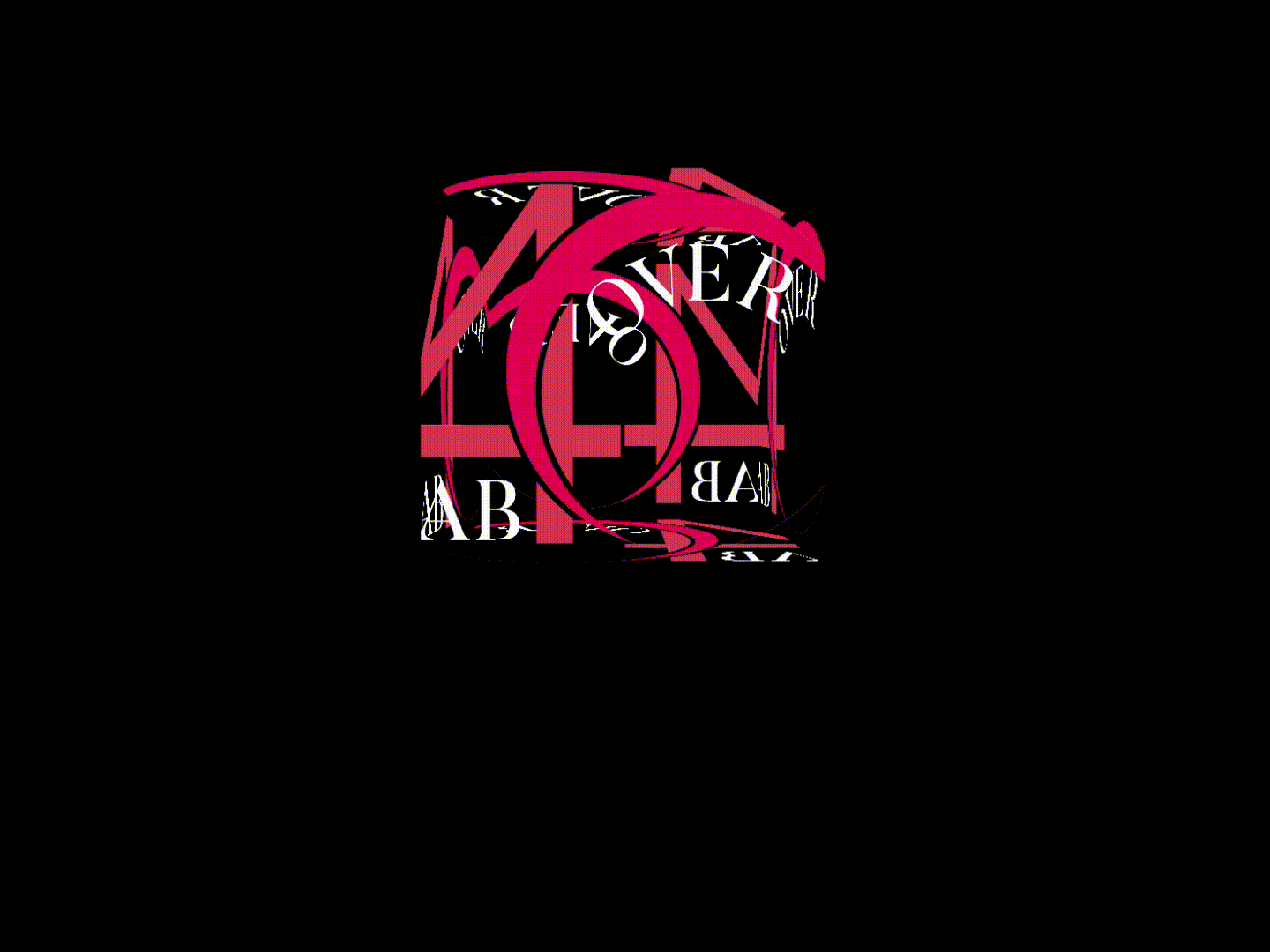What you need to know when it comes to this buzzed-about cannabis compound
If you’ve been anywhere near the news the past few years, particularly on October 17, 2018, you probably know that cannabis is now legal for recreational use in Canada. And you’ve likely heard of acronyms like LP (licensed producer), THC (tetrahydrocannabinol), and CBD (cannabidiol).
The latter two are compounds called cannabinoids that are found in cannabis—they’re each one of about 113 cannabinoids that have been identified in the now prominent plant. And while THC is likely the more popular—it is the compound that leaves humans with what some describe as a head buzz or feeling high—CBD has been garnering more headlines of late because of its therapeutic properties and the fact that it doesn’t affect us psychoactively. While there is much to still be studied (and those studies will likely start to come out of our home and native land now that cannabis is no longer an illegal substance), some initial findings have shown that CBD has the promise to treat a myriad of ailments.
 With cannabis now open for more than just the curious, so far research has found that CBD, in particular, has been beneficial in fighting things like inflammation, nausea, seizures, and psychiatric disorders. Anecdotally, women have come forward stating they use CBD for menstrual issues, athletes have said CBD helps to take away the aches and pains from a strenuous workout, and the über stressed-out claim that CBD helps to calm their anxiety and provide them with a better night’s rest.
With cannabis now open for more than just the curious, so far research has found that CBD, in particular, has been beneficial in fighting things like inflammation, nausea, seizures, and psychiatric disorders. Anecdotally, women have come forward stating they use CBD for menstrual issues, athletes have said CBD helps to take away the aches and pains from a strenuous workout, and the über stressed-out claim that CBD helps to calm their anxiety and provide them with a better night’s rest.
So how can you use it and where can you find it? Let’s take it back a few steps first. CBD oil is currently found in dispensaries and in online retail stores (like ocs.ca) is extracted from the Cannabis sativa plant, a derivative of the cannabis plant—other derivatives include Cannabis indica and Cannabis ruderalis. This type of CBD will contain a negligible amount of THC because the Cannabis sativa plant contains THC—the label of the bottle will confirm percentages of both CBD and THC. Hemp is a varietal of Cannabis sativa, but it contains less than one percent THC and can be used for a variety of purposes, such as a highly hydrating ingredient in skincare, as a super-soft fiber for clothing, as well as a means to extract CBD for therapeutic uses. CBD extracts are also popping up in everything from salves, tinctures, skincare, bath bombs, suppositories, and more.
The cannabis space is a fast-growing and quickly changing market, but now you have the basics of CBD in your back pocket.















